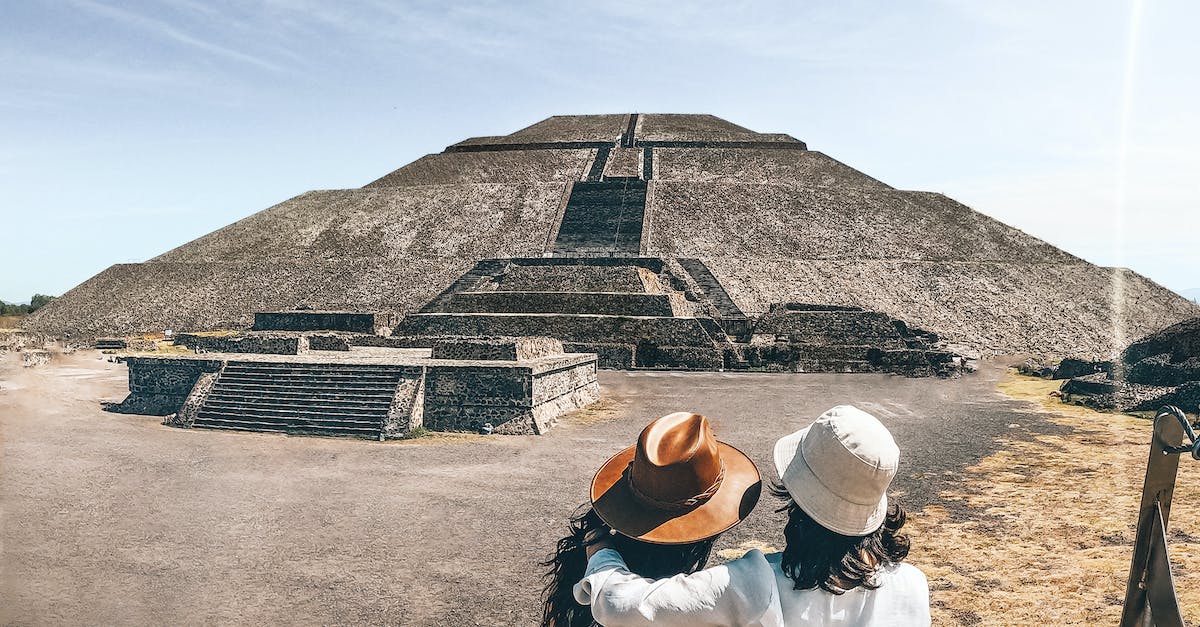
 The Pyramid of the Sun is the largest pyramid in Teotihuacan and one of the largest in Mesoamerica. It stands at a height of 65 meters and offers breathtaking views from the top. The pyramid is believed to have been built around 200 AD and was the focal point of religious ceremonies and rituals.
The Pyramid of the Sun is the largest pyramid in Teotihuacan and one of the largest in Mesoamerica. It stands at a height of 65 meters and offers breathtaking views from the top. The pyramid is believed to have been built around 200 AD and was the focal point of religious ceremonies and rituals.
 The Avenue of the Dead is the main thoroughfare in Teotihuacan, stretching over 2 kilometers. It is lined with impressive structures such as the Pyramid of the Moon, the Temple of the Feathered Serpent, and numerous smaller pyramids. The avenue was the center of social and commercial activities in ancient Teotihuacan.
The Avenue of the Dead is the main thoroughfare in Teotihuacan, stretching over 2 kilometers. It is lined with impressive structures such as the Pyramid of the Moon, the Temple of the Feathered Serpent, and numerous smaller pyramids. The avenue was the center of social and commercial activities in ancient Teotihuacan.
 The Temple of the Feathered Serpent, also known as the Temple of Quetzalcoatl, is a unique and intricately decorated pyramid in Teotihuacan. It features intricate carvings of feathered serpents and other mythological creatures. The temple was dedicated to the god Quetzalcoatl and played a significant role in Teotihuacan's religious practices.
The Temple of the Feathered Serpent, also known as the Temple of Quetzalcoatl, is a unique and intricately decorated pyramid in Teotihuacan. It features intricate carvings of feathered serpents and other mythological creatures. The temple was dedicated to the god Quetzalcoatl and played a significant role in Teotihuacan's religious practices.
The Teotihuacan Pyramids have a rich history dating back to around 200 AD. The ancient city of Teotihuacan was once the largest urban center in pre-Columbian America, with a population estimated at over 100,000 inhabitants. The pyramids served as religious and ceremonial centers, attracting pilgrims and visitors from far and wide. The civilization mysteriously declined and was abandoned by the 7th century AD, leaving behind impressive architectural wonders.
Teotihuacan offers a variety of delicious Mexican cuisine to satisfy tourists' taste buds. Visitors can indulge in traditional dishes such as tacos, tamales, enchiladas, and mole. The local cuisine incorporates fresh ingredients like corn, beans, chili peppers, and avocados. Teotihuacan is also known for its pulque, a traditional alcoholic beverage made from fermented agave sap. Exploring the local markets and restaurants allows visitors to experience the vibrant flavors of authentic Mexican food.